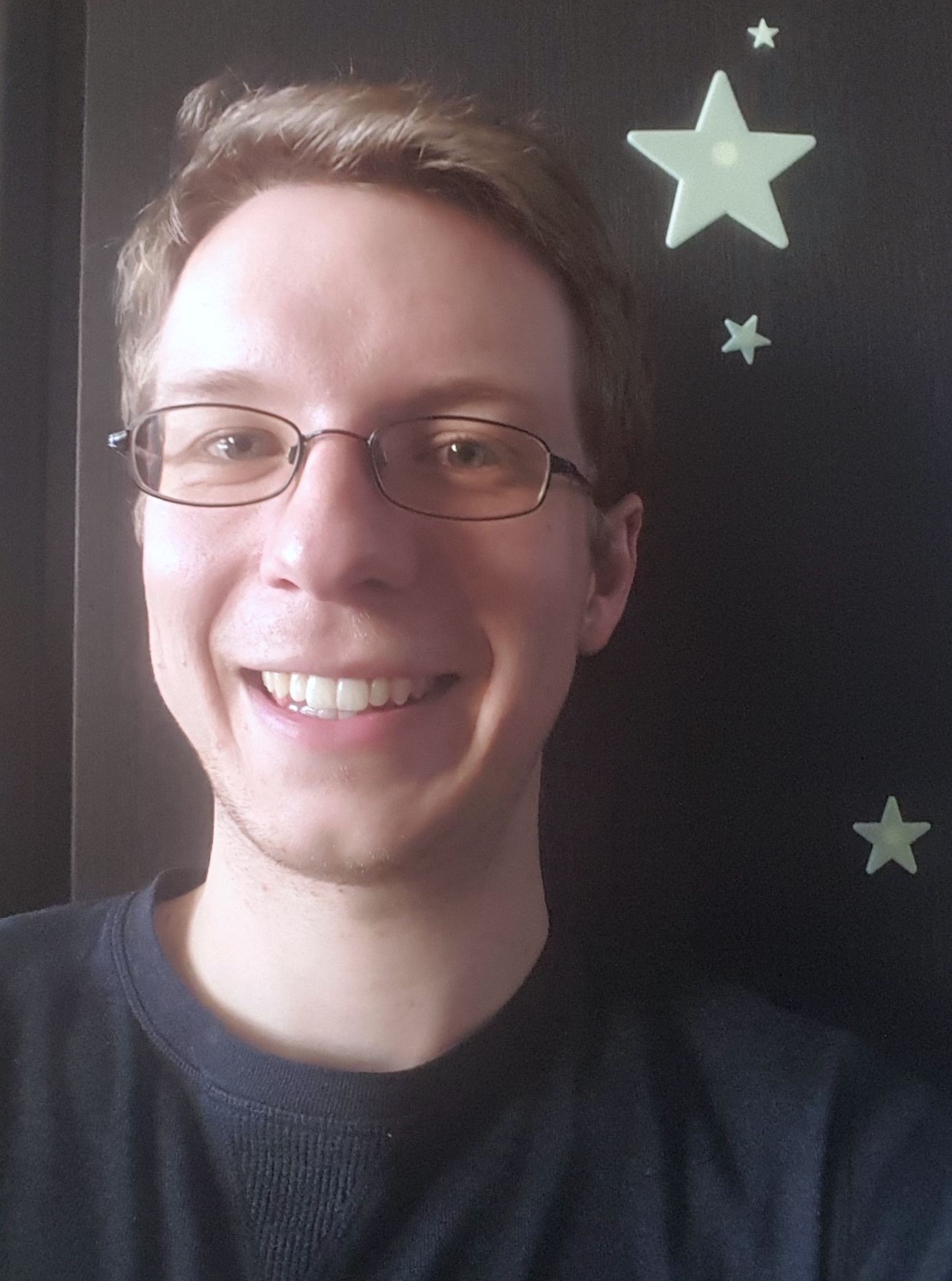Everding, Daniel
|
Daniel Everding currently enrolled as a graduate student in CU Boulder’s Astrophysical and Planetary Sciences department, seeking my Ph.D. My current research focuses on the potential benefits of using planetariums as interactive classrooms. After graduation he hopes to continue on as an astronomy and physics educator at the collegiate level. He plans to use the ISEE PDP experience to inform his teaching style (both in a lecture hall or a laboratory) and to better craft instructional aids using the inquiry method of learning. Daniel.Everding@colorado.edu |
 |
Teaching Activity Summary
Teaching venue: CU Boulder Mirramontes Arts & Sciences Program (MASP) Program for Excellence in Academics & Community (PEAC)
Teaching Date: Friday, July 13 2018
Location: University of Colorado, Boulder
Learners: 41 incoming freshman undergraduates.
Activity Synopsis:
The activity “Motions of the Sun and Moon” was facilitated on July 13, 2016 at Fiske Planetarium on the campus of CU Boulder. Our student learners were upcoming collegiate freshmen enrolled in CU’s MASP-PEAC program, a program which introduces freshmen who hail from typically underrepresented groups or are first-generation college students—our activity ended up with ~40 students in attendance. The inquiry activity was built around the exploration and explanation of the motions of the Sun and Moon as seen from Earth, and how constructing an appropriate model to explain these phenomena can be done using only our Earth-based perspective.
Learners began the day’s activity in the planetarium, where we simulated the daily, monthly, and yearly motions of the Sun and Moon as seen from various locations on Earth to raise questions from our learners concerning the patterns and behaviors we see in the sky. We hoped to provoke questions concerning three “bulk” astronomical categories: the annual motions of the Sun, the monthly motions and phases of the Moon, and the mechanics necessary for eclipses. We were thoroughly pleased at the questions raised by our students—a noteworthy percentage of the questions collected from our learners fell in the “QWWNDWATT,” that is, questions that while excellent, go beyond the material explored for the day. Learners were then presented with their questions on a question wall where they selected the question they wished to answer and organized themselves into small groups of two to three individuals.
After the groups had been sorted and assigned to a facilitator, they were presented their task: answer their chosen question by constructing an appropriate model that could demonstrate their chosen phenomenon. To do this, our learners were allowed to use an assortment of globes, lamps, and model moons to formulate the mechanics of their model. Learners were guided to construct a model that was only a complex as it needed to be—the core concept of a scientific model is that it simplifies an explanation by doing away with the finer details, leaving behind only the “big picture” physical aspects required to explain a phenomenon.
Following the initial investigation period, our students were asked to write a “proposal” for observing time in our “observatory” (the theater in Fiske Planetarium) wherein they would make further ground based observations that would either help solidify or falsify their current models. We found this aspect of our activity to be an excellent exercise of real-world science practices, as one of the key aspects of proposal writing is stating why one needs these observations and how they will motivate one’s research. As facilitators, we stressed to our groups that our proposal needs to demonstrate exactly why their requested observations were needed and how they would make full use of their limited time in the “observatory.”
The students were cycled through the planetarium to test their models against more “observations,” and were allowed further investigation time to update or reinforce their existing models—much like actual model formation, our students’ models underwent several incarnations before settling on a final model. Our students then defended their models during the CAT, first through an individual written question sheet (which was collected by us and examined after the activity) and second as a group with a poster session. Scoring of the posters was done against our content rubric, where points were awarded according to a group’s explanation of how their model answered their question. Dimensions of this rubric touched on the configuration of necessary bodies, understanding angular sizes and distances, and connecting the motion of the bodies to an Earth-based perspective. Students were allowed to question their peers about their models and how they thought their model could explain additional related observations—a brief, but productive window of debate followed where students tried to weigh the merits of their respective models against each other, yet another example of real-world STEM practices.
Following the poster session, we reseated the students in the planetarium for the day’s synthesis, wherein we explored the “right” answer for the motions of the Sun and Moon, paying special attention to how the scientifically correct model both explains and predicts how the Sun and Moon move through the sky over the course of a day, a month, and a year.
